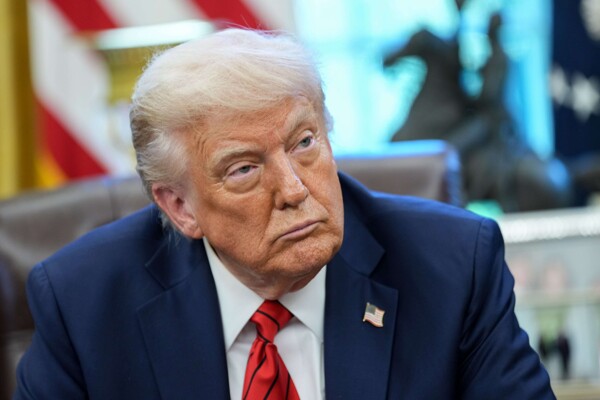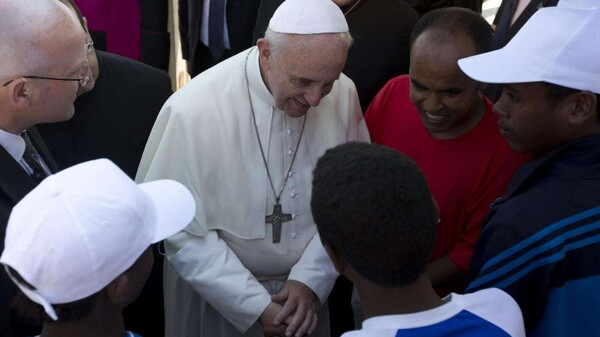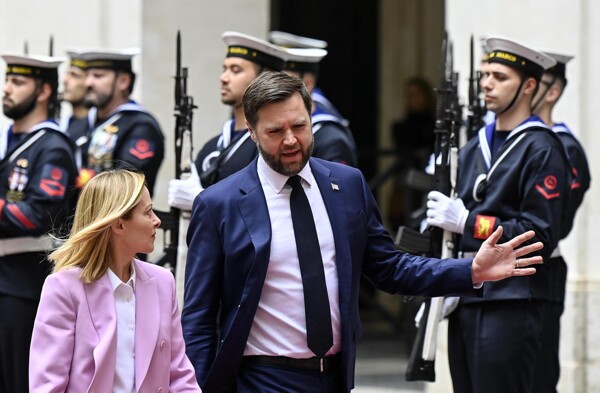
The Vatican has closed the Sistine Chapel, where the cardinals will meet next week for the conclave that will elect the next pope following the death of Francis on April 21 at the age of 88. Pope Francis was buried on Saturday, April 26, after a funeral in St. Peter's Square that brought together world leaders and hundreds of thousands of people, and a nine-day mourning period continues before the conclave can begin.
But at the same time, the Church is focusing its attention on the next steps. It is key to prepare the Sistine Chapel for the red-robed cardinals who will gather in the Vatican, in the heart of Rome, to choose the next pope in an ancient process that was brought to fiction in the 2024 movie 'Conclave.' An important task is to install the stove where the ballots will be burned after the voting.
Those visitors who managed to enter on Sunday, April 27, considered themselves lucky, as it is unknown how long the conclave will last or how long the jewel of the Vatican Museums will remain barred to the public. "I think we feel very lucky to be the last group of visitors to enter today," said Sumon Khan, a tourist from the United States.
The thick double doors of the chapel will close, and the master of liturgy will pronounce the Latin words "extra omnes," which mean "everyone out." The secret process is part of a tradition aimed at preserving the voting from external interference. The world will then wait for a signal that a successor to Francis has been chosen.
The Catholic cardinals set May 7 as the start date for the conclave, after arriving for the first day of informal meetings following Francis's funeral. When the conclave begins, the cardinals will solemnly enter to participate in a secret process said to be guided by the Holy Spirit and resulting in the selection of the next leader of the Catholic Church's 1.4 billion faithful.
The election will determine whether the next pontiff will continue Francis's reforms, with his focus on the poor, marginalized, and the environment, or if they will choose a pontiff more akin in style to conservative predecessors like Benedict XVI, focused on doctrine. As inspiration, the cardinals will also have the great beauty of the frescoes painted by Michelangelo and other renowned Renaissance artists.













